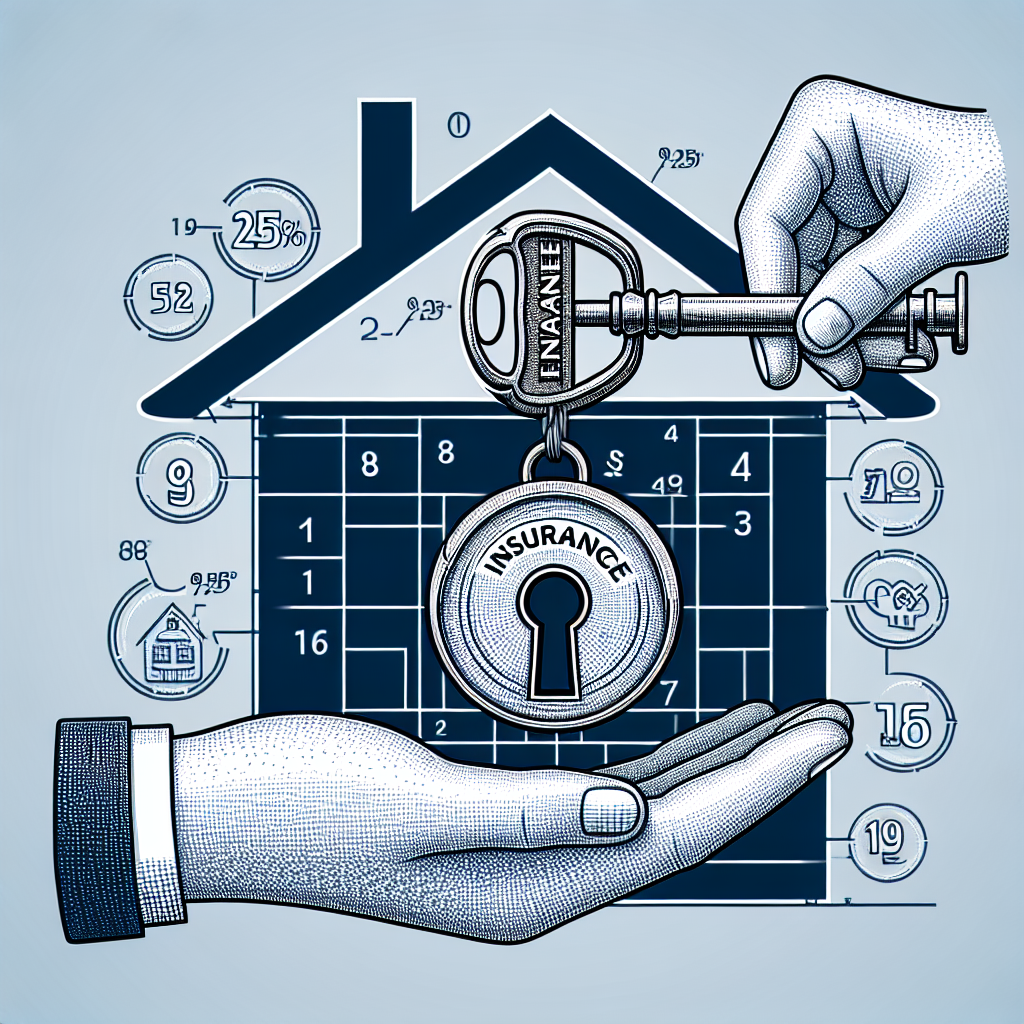Finding the Best Home Insurance: Your Guide to Coverage & Peace of Mind
When it comes to safeguarding one of your most important investments—your home—having the right insurance coverage is crucial. Home insurance provides both financial protection and peace of mind, ensuring that you and your family are shielded against unforeseen circumstances. However, with a plethora of options available, choosing the best home insurance policy can feel daunting. This guide will help you navigate the process, highlighting key factors to consider, types of coverage available, and tips for securing the best policy for your needs. Understanding Home Insurance Home insurance, also known as homeowners insurance, is a policy that protects your home and personal property from various risks. Typically, standard home insurance covers: Dwelling Coverage: Protects the physical structure of your home against perils like fire, windstorm, or vandalism. Personal Property Coverage: Covers your personal belongings, such as furniture, electronics, and clothing, in the event of loss or damage. Liability Coverage: Protects you financially if someone is injured on your property or if you cause damage to someone else’s property. Additional Living Expenses (ALE): Covers living costs (like hotel bills) if your home becomes uninhabitable due to a covered event. Types of Home Insurance Policies When shopping for home insurance, it’s essential to understand the different types of policies available: HO-1 (Basic Form): This is a limited policy that covers only specific perils listed in the agreement. HO-2 (Broad Form): This type offers broader coverage than HO-1 and includes more perils. HO-3 (Special Form): The most common home insurance policy, it generally covers all perils unless explicitly excluded. HO-4 (Renters Insurance): Designed for those who rent, this policy covers personal property and liability but does not cover the dwelling. HO-5 (Comprehensive Form): Offers extensive coverage for both the dwelling and personal property with fewer exclusions. HO-6 (Condo Insurance): Tailored for condominium owners, this policy typically covers the interior of the unit and personal property. HO-7 (Mobile Home Insurance): Specific to mobile homes, this policy provides similar coverage to HO-3. Factors to Consider When Choosing Home Insurance Coverage Needs: Evaluate your home’s value and the value of possessions you want to insure. Consider any special items that may require additional coverage (like jewelry or art). Location: Understand the risks associated with your area—natural disasters like floods, earthquakes, or hurricanes may require additional coverage. Deductible Options: A higher deductible usually means lower premiums, but ensure that it’s an amount you’re comfortable paying in the event of a claim. Discounts: Look for available discounts, especially if you have home security systems, are claim-free, or bundle multiple policies with the same insurer. Claims Process: Research the insurer’s reputation for claims handling. A smooth, efficient claims process is vital during stressful times. Financial Stability: Choose an insurer with good financial ratings. This assures you that the company can handle claims, even in major disasters. Tips for Securing the Best Policy Shop Around: Don’t settle for the first quote. Compare several policies from different insurers to find the best price and coverage options. Read Reviews: Look for customer reviews and ratings online to gauge the insurer’s reliability, customer service quality, and claims satisfaction. Consult an Agent: An experienced insurance agent can help you understand the nuances of policies and tailor a plan that fits your needs. Understand Exclusions: Be aware of what is not covered in standard policies, such as certain natural disasters, and consider additional coverage where necessary. Annual Review: Reassess your policy annually, especially after major life events like renovations, acquiring new possessions, or changes in household dynamics. Conclusion The search for the best home insurance policy is an essential step in protecting your home and ensuring your family’s security. By understanding the types of coverage available, assessing your unique needs, and comparing providers, you can find a policy that offers both robust protection and peace of mind. Don’t underestimate the importance of thorough research; the right coverage can safeguard you from financial setbacks and help you recover more swiftly in the face of adversity. Take the time to invest in your home insurance—after all, it’s an investment in your future security.










